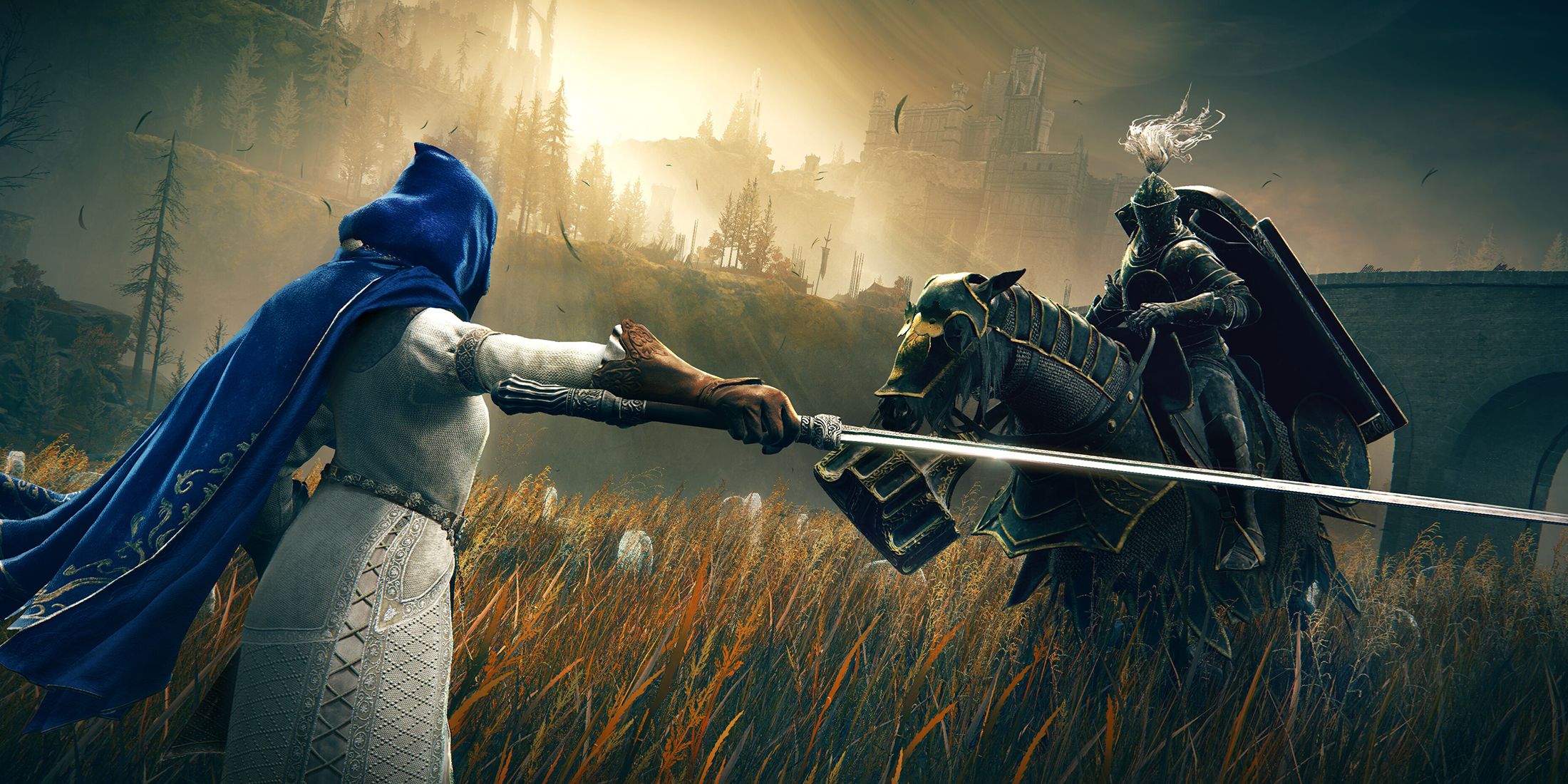Were the 1980s the Greatest Decade for Marvel?
The 1970s were a period of significant change for Marvel Comics. While the era saw the introduction of iconic characters and storylines, including "The Night Gwen Stacy Died" and Doctor Strange's encounter with God, the 1980s witnessed some of Marvel's greatest creators crafting landmark works on its most popular titles. This era featured Frank Miller's Daredevil, John Byrne's Fantastic Four, David Michelinie's Iron Man, and the peak of Chris Claremont's X-Men, with Roger Stern's Amazing Spider-Man and Walt Simonson's Thor soon to follow. These creators significantly shaped the enduring legacy of these characters.
Considering Marvel's history, the 1980s arguably represent the company's true golden age. This article continues our exploration of essential Marvel comics.
More Essential Marvel Issues:
- 1961-1963: The Birth of a Universe
- 1964-1965: The Sentinels Are Born and Captain America's Demise
- 1966-1969: Galactus's Impact on the Marvel Universe
- 1970-1973: The Night Gwen Stacy Died
- 1974-1976: The Punisher's Rise
- 1977-1979: Star Wars and Marvel's Financial Recovery
The Dark Phoenix Saga and Other Defining X-Men Stories
Chris Claremont's impactful X-Men run began in 1975, but its most celebrated stories emerged in the early 1980s. The Dark Phoenix Saga (X-Men #129-137) is arguably the most renowned X-Men story, showcasing Jean Grey's corruption by the Phoenix force, influenced by the Hellfire Club, transforming her into the Dark Phoenix and a formidable adversary. This cosmic saga, co-plotted and illustrated by John Byrne, introduced Kitty Pryde (Shadowcat), Emma Frost, and Dazzler. Jean Grey's sacrifice, despite her eventual return, remains a poignant moment. While film adaptations have fallen short, animated versions have more faithfully captured the story's essence.
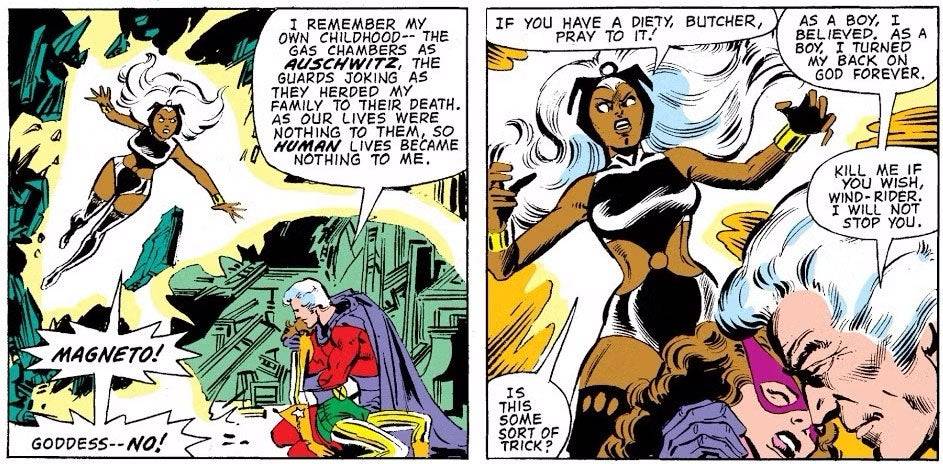
Following closely, Days of Future Past (X-Men #141-142), featuring the Sentinels (first introduced in 1965 by Stan Lee and Jack Kirby), depicts adult Kitty Pryde traveling back in time to prevent an event leading to a dystopian future ruled by Sentinels. This pivotal two-issue arc has been revisited by subsequent creators. A film adaptation and a Wolverine & X-Men season arc exist.
X-Men #150 reveals Magneto's Holocaust survivor backstory, a defining moment shaping his character development into a more morally complex figure.
The Introductions of Rogue, She-Hulk, and the New Mutants
Several significant characters debuted in the 1980s, including prominent female heroes. Rogue, a popular X-Men member, initially appeared as a villain in Avengers Annual #10, part of Mystique's Brotherhood. This issue features Rogue absorbing Carol Danvers' (Ms. Marvel) powers, a pivotal event for both characters. It also highlights Carol's confrontation with the Avengers for their inaction in protecting her.
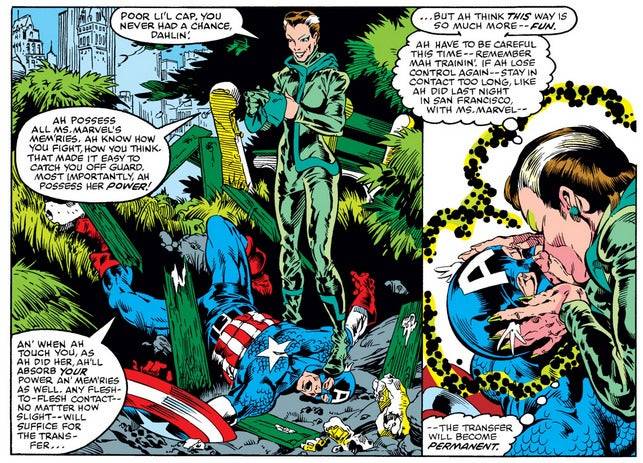
Savage She-Hulk #1 introduced Jennifer Walters (She-Hulk), the last character co-created by Stan Lee during his original Marvel tenure. Her origin involves a blood transfusion after a near-fatal attack, granting her powers similar to Bruce Banner's. While her initial solo series wasn't highly regarded, her later appearances with the Avengers and Fantastic Four solidified her character. Tatiana Maslany portrayed She-Hulk in the MCU series.
The New Mutants, a spin-off X-Men series, debuted in Marvel Graphic Novel #4 before launching their own title. The initial lineup included Cannonball, Sunspot, Karma, Wolfsbane, and Dani Moonstar (Mirage), later joined by Illyana Rasputina (Magik). A film adaptation featured this lineup (excluding Karma).
Landmark Storylines for Daredevil, Iron Man, and Captain America
Daredevil #168 marks the beginning of Frank Miller's defining run, introducing Elektra and significantly altering Daredevil's mythology. Miller's two-year saga introduced Kingpin as a major nemesis, expanded Matt Murdock's backstory with the sensei Stick, featured his first encounter with the Punisher, and culminated in the iconic death of Elektra. This run served as inspiration for both the 2003 film and the 2015 Netflix series.
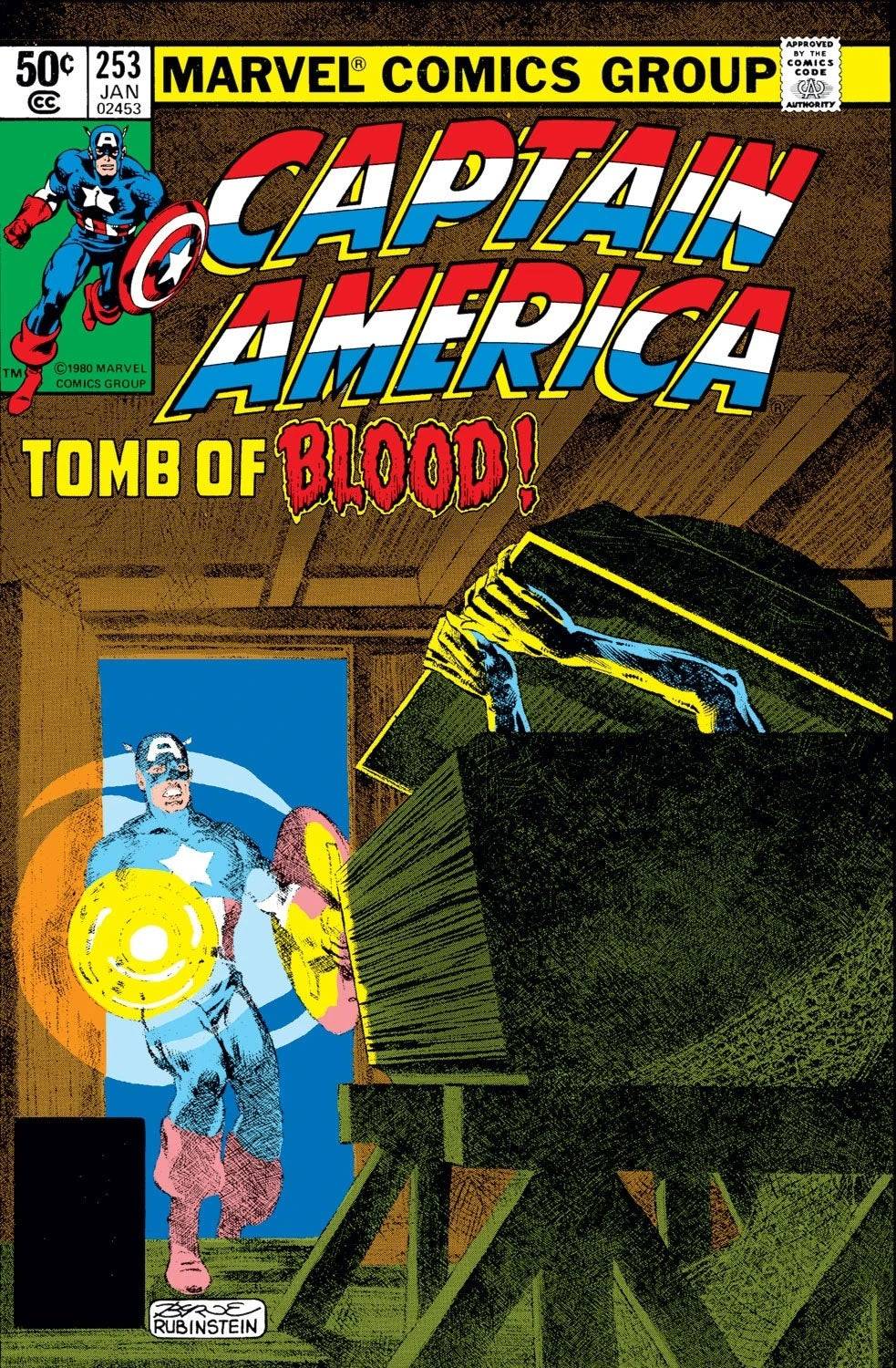
Iron Man #149-150, the final masterpiece from David Michelinie and Bob Layton's initial run, features Iron Man's first solo battle with Doctor Doom, sending them to the Arthurian era. This arc established Doom as a key member of Iron Man's rogues' gallery.
Captain America #253-254, from Roger Stern and John Byrne, showcases Captain America's confrontation with Baron Blood, a Nazi vampire connected to the Invaders. This darker storyline features exceptional artwork and a powerful conclusion.
Moon Knight's Emergence and the G.I. Joe Mythology
Moon Knight #1 solidified Moon Knight's heroic identity, expanding his backstory and introducing his alternate personalities.
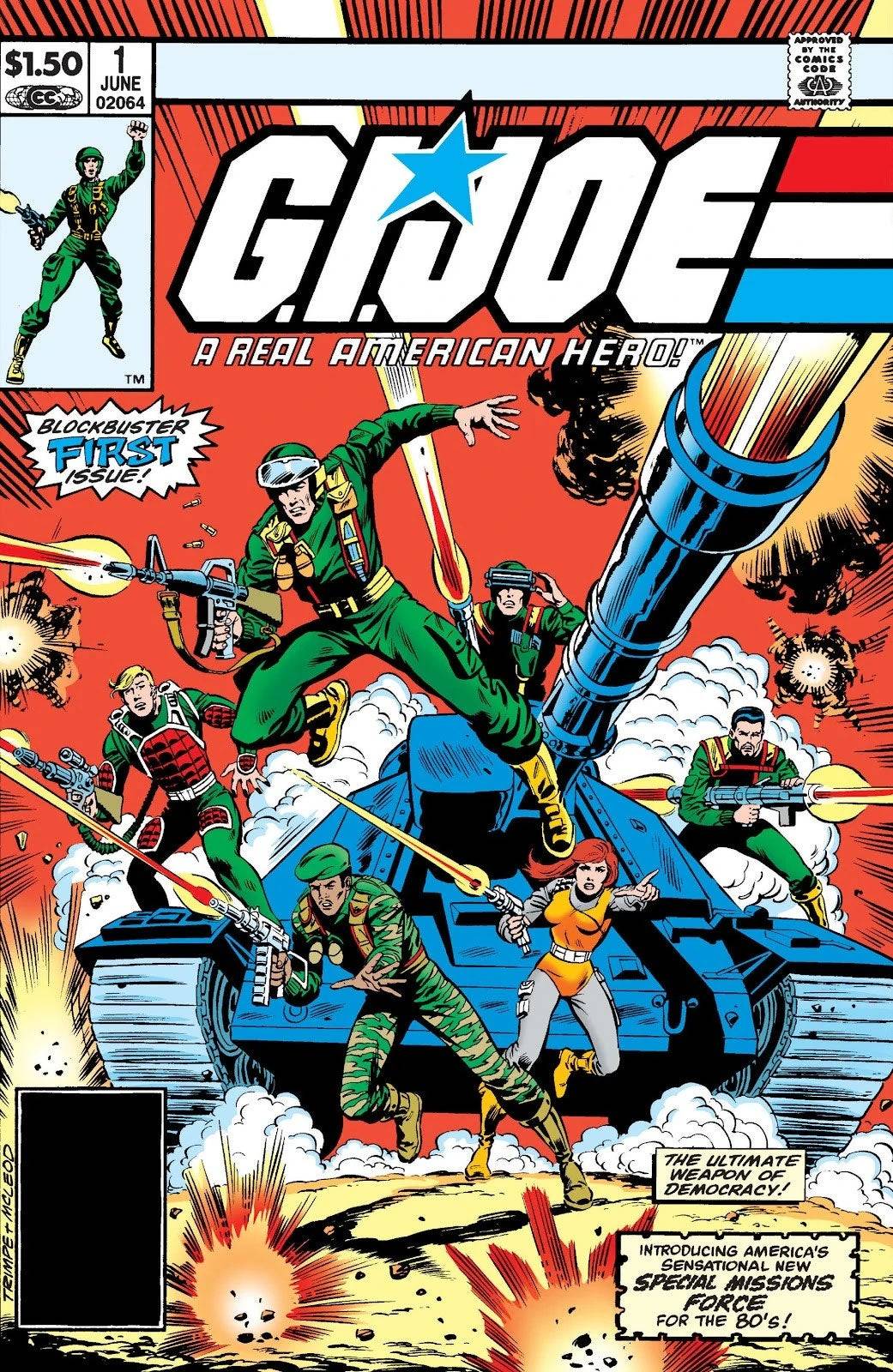
G.I. Joe #1, while not solely a Marvel creation, owes its existence to Marvel's involvement. Marvel editor Archie Goodwin conceived Cobra, and writer Larry Hama developed most of the character roster, including iconic figures like Scarlett, Snake Eyes, Storm Shadow, Lady Jaye, and the Baroness. Hama's work made G.I. Joe a highly popular title, particularly among female readers due to the equal portrayal of female characters.
- 1 Project Zomboid: All Admin Commands Jan 05,2025
- 2 Call of Duty Announces Black Ops 6 Updates Feb 08,2025
- 3 Pokemon GO Fest 2025: Dates, Locations, and Event Details Jan 08,2025
- 4 STARSEED Update: Codes for January 2025 Released Feb 25,2025
- 5 Pokémon TCG Pocket: Wonder Pick Date, Time, and Promo Cards – February 2025 Mar 03,2025
- 6 How to Get All Ability Outfits in Infinity Nikki Feb 28,2025
- 7 Black Myth: Wukong Tops Steam Charts Days Before its Launch Jan 07,2025
- 8 GTA 6: Fall 2025 Release Date Rumors Intensify Feb 19,2025
-
Budgeting & Investing: Your Guide to Financial Apps
A total of 9
-
Addictive Hypercasual Games for Quick Play
A total of 10
-
Best Role Playing Games for Android
A total of 10










